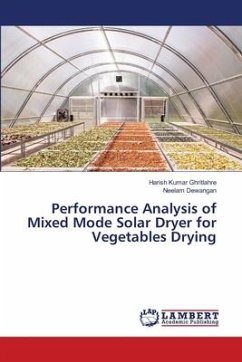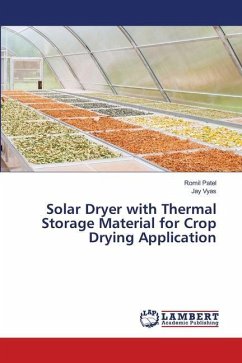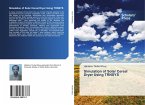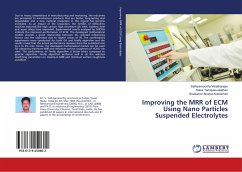Solar drying is one of the most ancient and simplest forms of drying known to mankind. Even today, most of the agricultural product such as grains, spices, fruits and vegetables are dried under the sun. However, drying these products directly under the open sun has many drawbacks such as debris, rain, blowing wind, insect interaction, human and animal interference etc. which leads to contamination of the products. Thus, there is a need to make the solar dryers more efficient and cheaper. There are various types of solar dryers developed and are classified based on the mode of air circulation, such as, natural circulation and forced circulation solar dryers; based on the type of drying, like, direct solar drying, indirect solar drying and mixed mode solar drying; material to be dried; types of operation e.g., batch or continuous, etc. In this book, we did a comprehensive review of various new technologies in indirect type solar dryers. We analyzed how these dryers fare against open sun drying and against each other and also, all the different techniques applied to them, in order to improve their efficiency, performance and reduce the drying times.
Bitte wählen Sie Ihr Anliegen aus.
Rechnungen
Retourenschein anfordern
Bestellstatus
Storno








